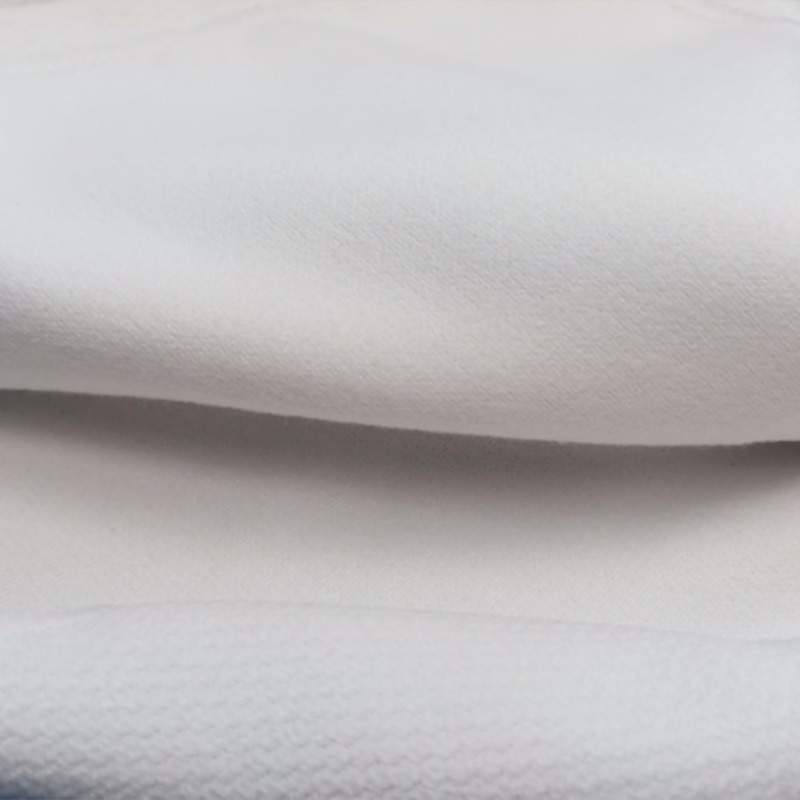If you are interested in some of our products, please feel free to visit our website or contact us for detailed information.
Microfiber fabrics offer several advantages over traditional fabrics, which contribute to their popularity and widespread use in various industries. Here are some key advantages:
Softness and Comfort: Microfiber fabrics are known for their ultra-fine fibers, which create a soft and luxurious texture. They often feel smoother and more comfortable against the skin compared to traditional fabrics like cotton or wool.
Durability: Microfiber fabrics are highly durable and resistant to wear and tear. The tightly woven fibers contribute to their strength, making them less prone to pilling, fraying, or stretching over time. This durability ensures longevity and maintains the fabric's appearance even with frequent use.
Stain Resistance: The tightly woven structure of microfiber fabrics makes them inherently resistant to stains. The fine fibers create a barrier that prevents liquids, dirt, and other substances from penetrating the fabric easily. This makes microfiber fabrics easier to clean and maintain.
Moisture Wicking and Breathability: Microfiber fabrics are often designed to be moisture-wicking, meaning they can efficiently absorb and transport moisture away from the skin. This property helps regulate body temperature and keep the wearer dry and comfortable. Additionally, many microfiber fabrics are breathable, allowing air circulation and reducing the risk of overheating.

Lightweight and Quick Drying: Microfiber fabrics are lightweight and dry quickly compared to traditional fabrics. This makes them ideal for clothing and sportswear, where comfort and performance during physical activities are crucial.
Ease of Care: Microfiber fabrics are generally easy to care for and require minimal maintenance. They often resist wrinkling and shrinkage, and many can be machine-washed without losing their shape or color.
Versatility: Microfiber fabrics are versatile and can be engineered to meet specific performance requirements. They are used in a wide range of applications, including apparel, upholstery, cleaning products, and bedding, among others.
Hypoallergenic Properties: Due to their smooth texture and tightly woven fibers, microfiber fabrics are less likely to trap dust, pollen, and other allergens. This can be beneficial for individuals with allergies or sensitive skin.
Overall, microfiber fabrics combine comfort, durability, and performance-enhancing properties, making them a preferred choice in many industries where high-performance textiles are required.








